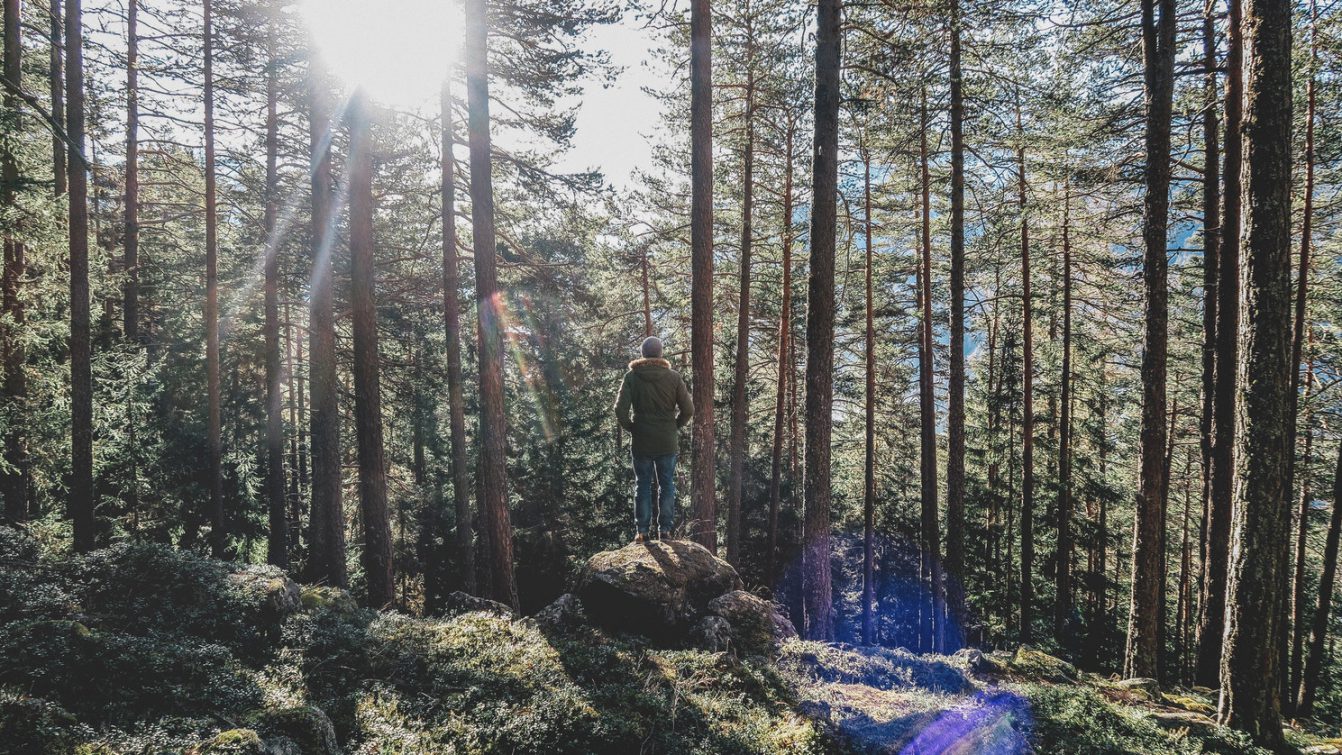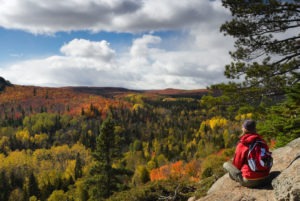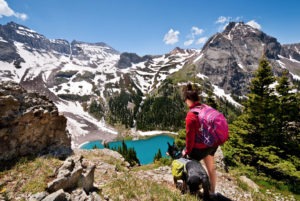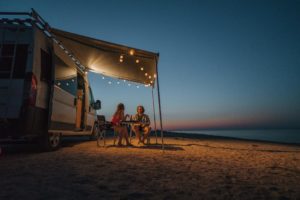From national parks to RV parks, there are a plethora of different ways one can enjoy the great outdoors. Two such options include national parks and national forests. I’ve found that many people are unaware of the differences, and, depending on who you are, one may be better than the other. Here are some pros and cons to help you plan a trip that is right for you.
First Things First
Generally, parks and forests are managed by two different federal departments with different objectives and approaches for the use of the land.
National Parks are maintained by the Department of the Interior-National Park Service, which takes a “preservationist” approach to managing the land. The preservationist camp generally likes to take a hands-off approach, allowing the land to develop and grow however nature guides it.
National Forests, on the other hand, are managed by the Department of Agriculture-U.S Forest Service, who takes a “conservationist” approach to managing the land. This means that the land is open to resource enterprises, such as logging and mining, and therefore must be managed in a way conducive to future use. Tree’s must be planted at the same rate they are harvested.
These two methods make for different camping experiences in each.
National Parks: Pros
Camping in National Parks is reserved largely for organized campgrounds. This means more amenities, such as available firewood, electricity, clean water, and restrooms. You can expect your campsite to be clearly defined, with nearby landmarks and interesting environments. Parking is right next to your site in most parks, and dumpsters are located near the exit of the site, making waste disposal a breeze.
National Parks: Cons
As a result of having defined camping areas, parks can often feel busy, especially on holiday weekends. If you listen closely, you can probably hear your neighbor’s sharing secrets around a midnight fire (seriously, try it sometime. You can learn some… interesting stuff.)
In essence, the National Park is perfect for families, a large group or the casual camper who just wants to sit back by the fire and slam a few cold ones over the weekend. If you’re more of the Tarzan Survivor-Man type, parks may not be ideal for you.
National Forests: Pros
Camping in National Forests comes in two forms. The first is organized campgrounds like National Parks. The biggest difference here is that forests will generally have fewer amenities even in their organized campsites. What makes forests truly unique, however, is “dispersed camping.”
Dispersed Camping is defined as camping outside of the organized areas, at any location in the park you choose (this doesn’t literally mean you can camp anywhere. Check out this handy dispersed camping guide for useful info). This means that you can get away from the noisy organized campgrounds, allowing you to feel the true remoteness of being alone in nature. You can also find a location that’s perfectly suited to your tastes. Like being by the water? Camp by a river or lake. Want to camp near a bluff or exciting landmark? Go right ahead. The most important thing to remember is that there are certain rules that apply to this, so it’s essential to check in with the field office before you start scouting out your location.
Dispersed camping is usually free! Stay up to 16 nights in most places, without a fee
National Forests: Cons
Fewer amenities means you need to bring more stuff. Pack some toilet paper, prepare some trash bags, and grab a shovel (you’re going to be digging some holes). You’ll also need to bring bottled water, a portable filter, and/or purification tablets.
National Forests tend to have fewer roads and trails, which means you may need to hoof it to find a good camping spot. But hey, a little exercise never hurt.
Lastly, depending on where you decide to camp, you may be far away from medical help. That carries with it a number of obvious risks.
All in all, if you’re looking to rough it and tackle nature head-on, this is the route for you. National Forests are also great if you are just passing through and want to save a few bucks. Camping in National Forests is more work, but is also, in my opinion, much more rewarding. Whichever you choose, it never hurts to get away from city-life for a few days. Fresh air and a little peace and quiet is an excellent remedy to the mundanity of everyday life.









[…] Previous Next A Quick Guide To Mt. Hood […]